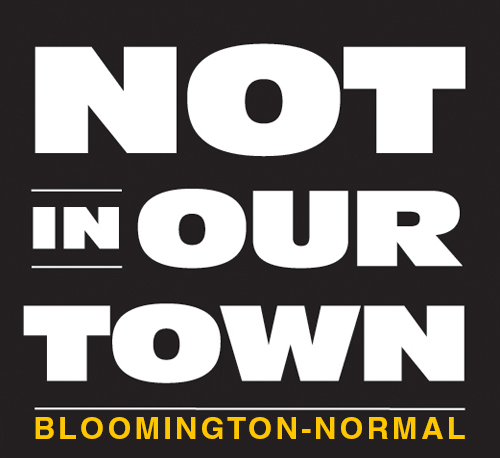University of Illinois Extension will offer Racial Dynamics in Housing and Schools, a local government information education network webinar on “the complex issues surrounding contemporary racial dynamics,” at noon February 24.
The one-hour on-line session is presented by Dr. Maria Krysan and Dr. Amanda Lewis, University of Illinois Chicago and Institute for Government and Public Affairs and Dr. John Diamond, University of Wisconsin, Madison. It will introduce participants to issues shaping racial dynamics in schools and neighborhoods.
In small, medium and large cities throughout Illinois, children and families of different races and ethnicities routinely attend different schools and call different neighborhoods home. Despite the passage of the Fair Housing Act of 1968, which made it illegal to discriminate against minorities in the buying and renting of housing, segregated neighborhoods persist — and their causes are complex. Similarly, after a short period when schools became more integrated, there has been even less positive movement toward accomplishing the goals of integrated schools. And the two are clearly inter-related.
In this webinar, presenters will provide background on the patterns and causes of segregation in neighborhoods and schools, and explore some of the attitudinal and structural factors that underlie these patterns. The discussion will offer insights into some of the programs and policies — particularly in schools — that inadvertently help contribute to these patterns of segregation and to the unequal outcomes that often result from them.
For more information on the webinar and how to participate, please contact Corey Buttry, University of Illinois Extension state specialist, Community and Economic Development, buttry2@illinois.edu 217-244-2430. To register online, visit https://web.extension.illinois.edu/registration/?registrationid=11555.





















